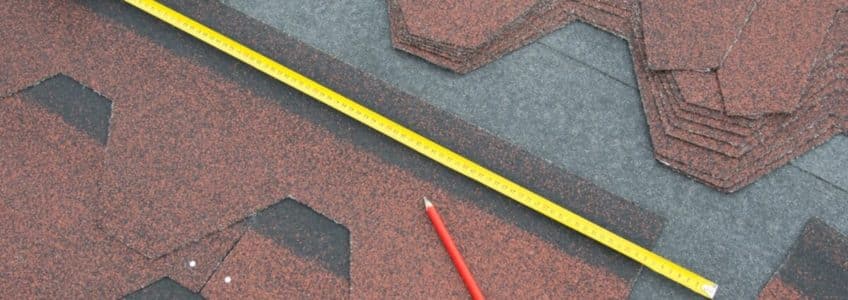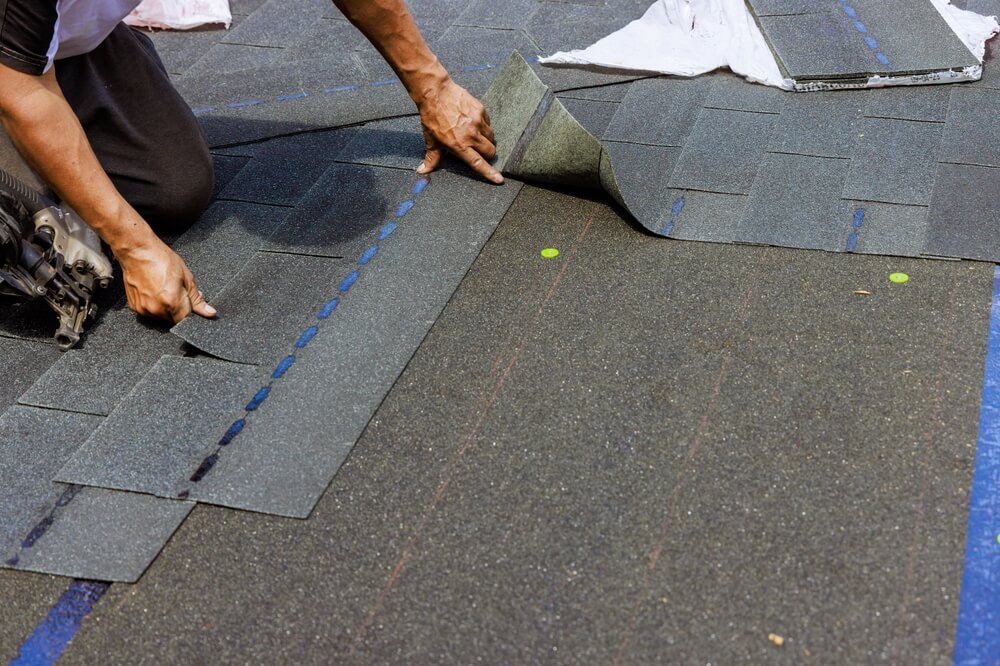
Measuring a roof for shingles is a crucial step in ensuring you purchase the right amount of materials and avoid unnecessary expenses. This 2024 guide provides a comprehensive approach to determining your roof’s measurements safely and effectively.
Why Accurate Roof Measurements Matter
Taking the time to measure your roof correctly can save both money and time. Purchasing too many shingles results in wasted resources, while too few can delay your project.
Avoiding Costly Mistakes
Incorrect measurements can lead to either surplus materials or insufficient coverage. Overbuying shingles results in unnecessary expenses and potential storage issues, while underbuying can cause project delays and potential mismatches if batches differ. Additionally, accurate measurements ensure that the installation process goes smoothly, helping to enhance the roof’s durability and aesthetic appeal.
Tools You’ll Need
Before embarking on measuring your roof for shingles, it’s essential to gather the right tools. You will need a long measuring tape, ideally 50 feet or more, to reach across large sections of the roof. A sturdy ladder that comfortably reaches your roof is crucial for safety. Keep a notepad and pen handy for recording your measurements and a calculator for computing areas and totals. Safety gear, including gloves and non-slip shoes, is also important to protect yourself during the process.
Step-by-Step Guide to Measuring Your Roof
Understanding the process step by step ensures precision and safety.
1. Assess the Roof’s Shape
Start by identifying your roof’s shape. Roofs can vary widely, from gable and hip designs to flat ones, and each type requires a slightly different measuring approach. Knowing the shape helps in planning your measurements.
2. Measure the Length and Width
For each section of the roof, measure the length from one end to the other and the width from the ridge to the edge. It’s crucial to be precise in these measurements as they directly impact the overall area calculation. Record these measurements carefully, as you’ll need them for the next steps.
3. Calculate the Area
Once you have the length and width for each section, multiply them to determine the area. For example, if one section is 30 feet long and 15 feet wide, the area is 450 square feet. Repeat this for every section of your roof, as roofs often have multiple segments.
4. Account for Roof Pitch
The pitch or slope of your roof affects the actual surface area, meaning a steeper roof requires more shingles than a flat one of the same base dimensions. To adjust for this, use a pitch multiplier based on the roof’s steepness. A flat to low slope (2/12 to 4/12) might have a multiplier ranging from 1.06 to 1.16, while a steeper slope (10/12 to 12/12) could require a multiplier of up to 1.42. Multiply the calculated area by this number to get the adjusted area.
5. Sum All Sections
Add the adjusted areas of all roof sections to determine the total roofing area. This total gives you the basis for calculating the number of shingles needed.
6. Calculate the Number of Shingles Needed
Shingles are typically sold in “bundles” or “squares,” where one square equals 100 square feet. Divide your total roofing area by 100 to determine the number of squares needed. It’s a good idea to round up and add an extra 10% to account for waste during installation, ensuring you won’t run short.
Safety Precautions
When measuring a roof for shingles, safety should be paramount. Avoid measuring alone; always have someone assist or monitor you. Check the weather conditions beforehand, as wet or windy conditions can be hazardous. Proper footwear, such as non-slip shoes, is essential to reduce the risk of accidents, and make sure the ladder is on stable ground and securely anchored.
Alternative: Measuring from the Ground
If climbing isn’t an option or you prefer not to risk it, consider measuring from the ground. Aerial measurement services, available from various companies, can provide accurate roof measurements using satellite imagery. Alternatively, drone technology has advanced to the point where drones can capture precise roof dimensions without requiring you to climb at all.
Conclusion
 Accurately measuring your roof for shingles is essential for a successful roofing project. By following this guide, you can ensure you purchase the right amount of materials, save money, and complete your project efficiently. If you prefer to leave this task to the experts, or if you have any questions, contact Advantage Construction today for professional assistance with all your roofing needs.
Accurately measuring your roof for shingles is essential for a successful roofing project. By following this guide, you can ensure you purchase the right amount of materials, save money, and complete your project efficiently. If you prefer to leave this task to the experts, or if you have any questions, contact Advantage Construction today for professional assistance with all your roofing needs.
